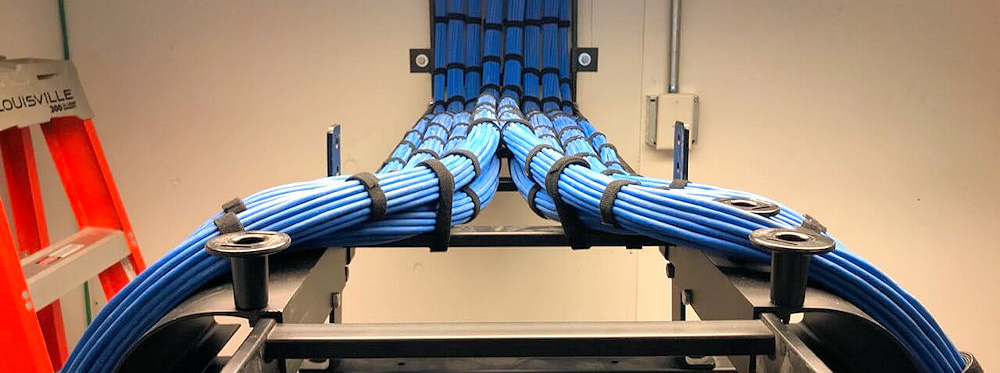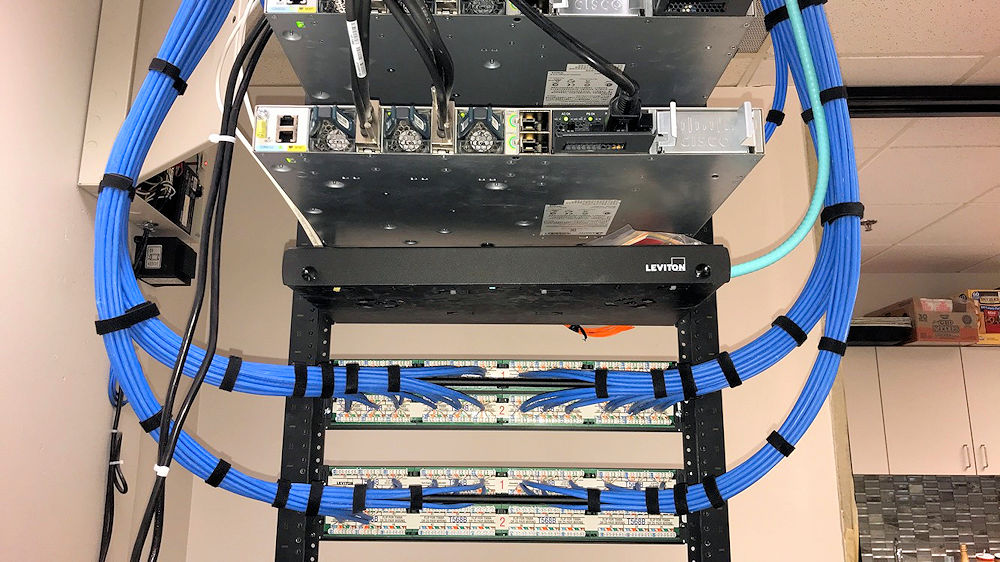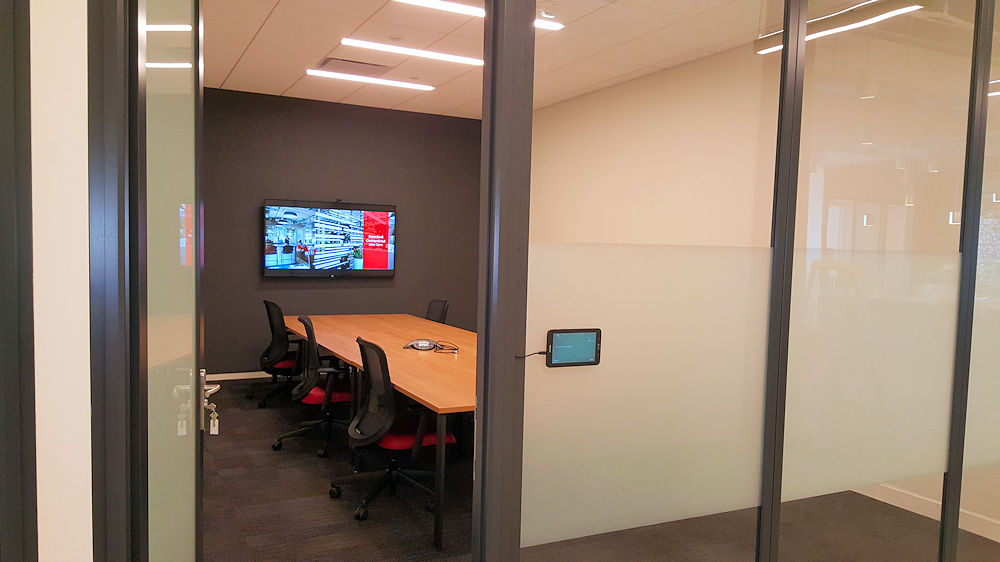Top Structured Cabling Companies
What is the purpose of structured cabling?
The hubs, switches, cabling, and cabling are the components of structured cabling systems. Each switch is connected to one or several cables by the hubs. The cabling runs throughout the facility and is usually fiber-optic. Structured cabling systems can offer many benefits, including increased reliability, higher performance, efficiency, lower installation costs, and reduced management cost. Structured cabling refers to the arrangement of electric cables in a particular way for increased reliability and throughput. This cabling uses smaller cables and connects them in columns or rows to increase connection speed.

What are the benefits of structured cabling?
A properly configured network will ensure faster speeds and better performance for all devices connected to it. Structured cabling can provide an improved cable management system, which in turn can improve overall network performance. A backbone cable, also known as a spine or mid-spine cable, is a network cable that connects the various components of a LAN together. Backbone cables provide essential connectivity between servers, workstations, peripheral devices and storage. They are typically thicker than regular cables in order to withstand greater loading and abuse.
Neighborhoods We Service
We've been providing Structured Cabling and Ethernet Cabling to our clients in Dallas, Tx since 2006. From Texas State Hwy 75 to I635 and I30 / I20, we've serviced friends in neighborhoods like:
Dallas Downtown Historic District - Deep Ellum - Far North Dallas - Uptown - South Dallas - Bishop Arts District - Lake Highlands - West Dallas - Arts District - Preston Hollow
Proudly Providing Service To The Best Texas City of Dallas
Our Dallas Office
Find Us On The Web!
Get in touch with us today to get going with your FREE Structured Cabling Analysis & Quote by calling us direct (number below) or visit us online. Call: (214) 251-5237 Site: https://shelbycommunications.com Shelby Communications - 1505 Denise CT, Keller, TX 76248
What is structured cabling and give its types?
---


Is structured cabling low voltage?
There are two main standards of structured cabling: Category 5 and Category 6. Category 5 cabling is used to connect devices in a centralized authority environment, such as telephone exchanges or cable headends. It has a stringent gauge requirement and is capable of transmitting gigabits of data per second. Category 6 cabling is designed for connecting devices in an distributed authority environment, such as offices and homes. It has a smaller gauge requirement and can transmit up to 100 megabits per second.
Does structured cabling is recommended for all Organization Why?
Structured cabling refers to network cabling with specific instructions for installation and usage. Structured cabling makes it easier to organize and manage your network. It also makes it easier for you to troubleshoot and find issues. There are two reasons structured cabling may be the right choice for your company: 1) It provides a visual reference to technicians; 2) Technicians can find the correct connectors and cables easier if they have a well-organized system. It is easier to spot problems in a system that has clearly defined wiring patterns. 3) Streamlined management 4) A well-designed cabling infrastructure can simplify the management of your network. It will make it easier to manage your devices and systems.


What is a TIA standard?
Structured cabling, also known as cable management, is a system that regulates and organizes the flow of cables inside a facility. This system helps reduce the amount of clutter in an area and makes it easier to manage network traffic. It can also improve the reliability of communications by limiting damage caused by surges and vibrations.
What are the six cabling subsystems?
Shelby Communications LLC offers a variety of services to its customers in the Dallas area. This company has been in business since 1997 and provides a wide range of products and services related to cabling. Structured Cabling Dallas offers a variety of services, including network installation, networking consulting, and repairs. This company is knowledgeable about cabling systems and can help customers get the most out of their networks.

Does structured cabling is recommended for all Organization Why?
An organized cabling system is essential in any office environment. When there are several different devices that are being used at the same time, a more straightforward and structured cabling system is the way to go.
What are the six subsystems of a structured cabling system?
The Six Subsystems of a Structured Cabling System Entrance Facilities (EF) ... Equipment Room (ER) ... Backbone Cabling. ... Telecommunications Room (TR) and Telecommunications Enclosure (TE) ... Horizontal Cabling – (Cabling Subsystem 1) ... Work Area.
What is the purpose of structured cabling?
Structured cabling is a type of infrastructure that supports the performance of an organisation's cabling system or network. It is the glue that binds all PCs, phones and other devices used within the business together – providing a reliable and versatile solution to a wide range of communication requirements.
What are the six cabling subsystems?
Know the 6 subsystems of a structured cabling system Entrance Facilities (EF) ... Equipment Room (ER) ... Backbone Cabling. ... Telecommunications Room (TR) and Telecommunications Enclosure (TE) ... Horizontal Cabling – (Cabling Subsystem 1)
What is Datacenter structured cabling?
What is Structured Cabling? A structured cabling system uses a Main Distribution Area, or MDA, into which all connections are run. The TIA-942 Standard defines the MDA as the central point of distribution for the data center structured cabling system.
What are the benefits of structured cabling?
Top 11 Benefits of Structured Cabling Systems Easy to Manage. ... Adaptability. ... Less Downtime. ... Cost-Effective. ... Support Application and Equipment. ... Enhanced Flexibility. ... An Investment for the Future. ... Supports Multiple Systems and Applications.